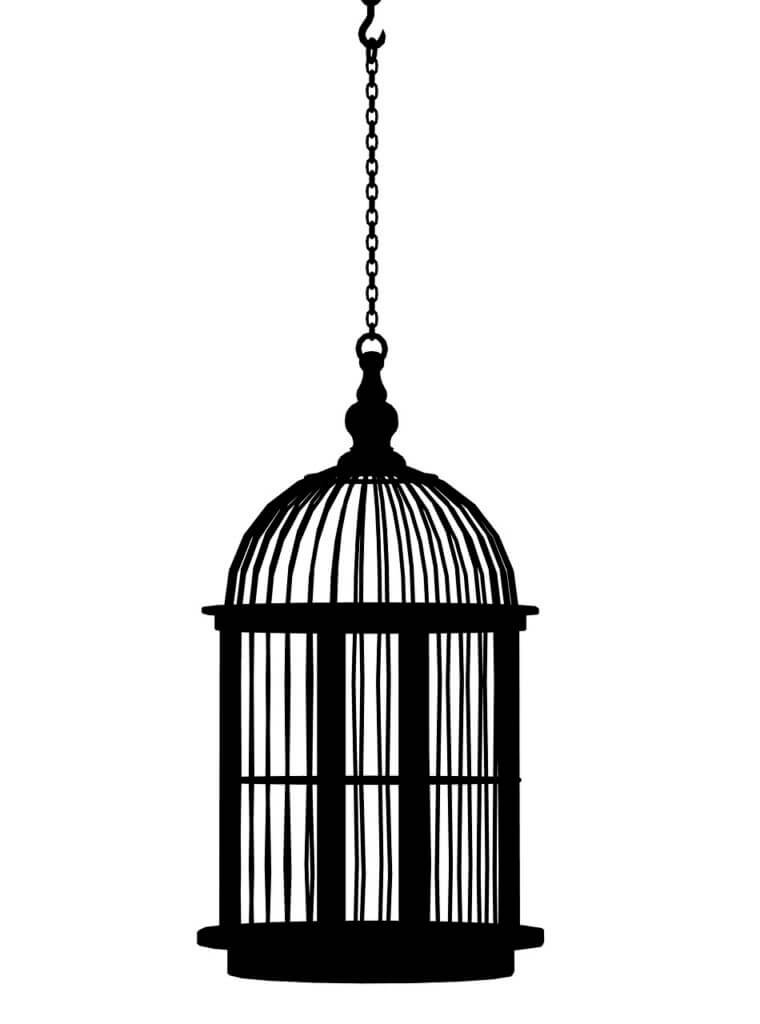So, you’ve decided to bring a new feathery friend into your home and now you’re faced with the task of finding the perfect cage for them. The right cage is essential for the health and happiness of your pet bird, providing them with a safe and comfortable space to live and thrive. But with so many options out there, how do you navigate the wide range of choices? In this article, we’ll explore the key factors to consider when selecting a cage, from size and material to the importance of accessories. By the end, you’ll be well-equipped to make an informed decision and provide the ideal home for your beloved pet bird.

Size of the Cage
When selecting a cage for your pet bird, it is essential to consider the size of the cage. The bird’s wingspan should be the primary factor to keep in mind. Birds need adequate space for their wings to stretch out fully without hitting the cage’s sides. Additionally, the cage should provide ample space for the bird to move around comfortably. A cramped environment can cause stress and restrict the bird’s ability to exercise. Lastly, the size of the cage should also correspond to the bird’s overall size. A larger bird will require a larger cage to accommodate its size and allow for comfortable movement.
Material of the Cage
The material of the cage is another crucial aspect to consider. It is important to choose a non-toxic material for the cage to ensure the bird’s safety. Some metals, such as stainless steel, are considered safe options. Additionally, the ease of cleaning should be taken into account. Look for cages with materials that can be easily wiped down or disassembled for thorough cleaning. Lastly, evaluating the durability of the material is essential. Birds may chew on the cage bars or attempt to break free, so a sturdy and durable cage material is necessary to prevent any potential escapes.

Spacing between Bars
The spacing between bars is significant for the safety of your pet bird. Ensure that the bar spacing is appropriate for the bird’s size. The bars should be close enough together to prevent the bird from squeezing through and potentially escaping. On the other hand, they should not be too close together to avoid the bird’s legs or feathers getting caught between the bars, leading to injury. Additionally, consider the bird’s beak strength when selecting the bar spacing. Birds with strong beaks may be able to bend or break bars that are not sturdy enough.
Shape and Orientation of the Cage
When choosing a cage for your pet bird, it is recommended to select a cage with a rectangular shape. Rectangular cages offer more usable space for the bird to move around and spread its wings compared to round or curved cages. The bars in a rectangular cage also provide better support for any climbing activities. Avoid cages with a circular or curved shape as they can restrict the bird’s movement and may not allow for proper perching and climbing. Additionally, make sure the cage has horizontal bars rather than vertical ones. Birds are natural climbers, and horizontal bars facilitate this behavior.

Accessibility and Ease of Use
Consider the accessibility and ease of use when selecting a cage for your pet bird. It is important to choose a cage with large doors that allow easy access for cleaning, maintenance, and handling the bird. Small doors can make it difficult to maneuver and perform necessary tasks efficiently. Additionally, consider the accessibility of food and water dishes within the cage. Ensure they can be easily reached and refilled without disrupting the bird’s comfort. Evaluating the overall ease of cleaning and maintenance is crucial for providing a clean and hygienic environment for your pet bird.
Cage Bar Thickness and Quality
The thickness and quality of the cage bars are essential factors to consider. Opt for sturdy and thick cage bars that can withstand the bird’s natural behaviors such as climbing and chewing. Thin bars may bend or break, posing a risk to the bird’s safety. Additionally, ensure the bars are securely fastened to prevent any potential escapes or accidents. A well-constructed cage will provide a secure and reliable enclosure for your pet bird. On the other hand, cages with flimsy construction may not withstand the bird’s activities and can compromise its safety.
Cage Placement
The placement of the cage plays a vital role in creating a suitable living environment for your pet bird. Select an appropriate location in your home that allows the bird to feel included in your daily activities while providing a safe and comfortable environment. Avoid placing the cage near drafts or direct sunlight, as these can cause fluctuations in temperature or expose the bird to undesirable elements. Additionally, consider the noise level in the bird’s environment. Birds are sensitive to loud noises, so placing the cage away from high-traffic areas or loud appliances can help create a peaceful and stress-free space for your pet bird.
Noise and Stress Levels
Noise and stress levels should be taken into consideration when selecting a cage for your pet bird. Birds are highly sensitive to their surroundings and excessive noise can cause stress. Choose a cage with features that minimize noise, such as sound-absorbing materials or doors that do not slam shut. Additionally, provide a quiet and undisturbed space for the bird within your home. This will help create a peaceful environment where the bird can relax and feel secure. By reducing noise and stress levels, you can promote your pet bird’s overall well-being and happiness.
Additional Perches and Toys
To ensure the mental and physical well-being of your pet bird, it is important to provide additional perches and toys within the cage. Birds require a variety of perches of different thicknesses to exercise their feet and maintain healthy foot health. Natural wood perches are a popular choice, as they mimic the branches birds would encounter in their natural habitats. It is also important to include interactive toys to prevent boredom and stimulate mental activity. Consider the bird’s natural behaviors and preferences when selecting toys, such as puzzle toys or toys that encourage foraging. By providing a stimulating environment, you can enhance the overall quality of life for your pet bird.
Ventilation and Airflow
Proper ventilation and airflow within the cage are crucial for your pet bird’s respiratory health. Ensure that the cage allows for adequate airflow to prevent stagnant air, as this can lead to respiratory problems. Choose a cage design that allows fresh air to circulate while keeping drafts to a minimum. Adequate ventilation not only promotes a healthy environment but also helps control temperature and humidity levels for the bird’s comfort. Regular cleaning and monitoring of the cage’s airflow will help ensure a healthy and fresh atmosphere for your pet bird.
In conclusion, selecting an appropriate cage for your pet bird involves considering various factors such as size, material, bar spacing, shape, accessibility, bar thickness, cage placement, noise levels, and additional features like perches and toys. By carefully evaluating these aspects and providing a suitable living environment, you can ensure your pet bird’s comfort, safety, and overall well-being. Remember, a well-designed cage not only provides a secure enclosure but also contributes to the bird’s mental and physical stimulation, ultimately enhancing its quality of life.


